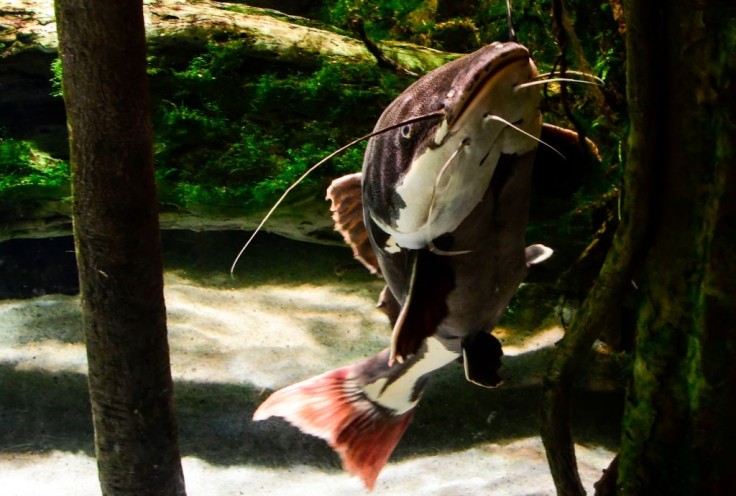
According to fire officials in Florida, a kid was hospitalized after being stabbed in the chest by a catfish's stinger and experiencing difficulty breathing.
In a tweet, Pasco County Fire Rescue said that the child, whose age, gender, and name were not released, was stabbed on Monday, June 20, in New Port Richey, 38 miles northwest of Tampa. NBC affiliate WFLA of Tampa reported that the kid, who was stabbed at a pond, was a boy under the age of 10.
Fire officials said that the stinger entered 1 to 1.5 inches into the child's chest cavity, causing the kid to experience shortness of breath. No further details were released about the stabbing, and the kid's current condition is unknown.
The child experienced breathing problems after stabbing
According to rescue officials, the child had breathing problems while headed to the hospital with his mom. The mother called 911 after the stabbing, and rescue personnel took the boy on a trauma alert. The victim was taken to St. Joseph's Hospital in Tampa for treatment and is now in stable condition.
According to OutdoorSkilled, a blog on outdoor activities, younger catfish do not have conventional stingers but sting with their sharp and pointed pectoral and dorsal fins. Younger catfish are considered more dangerous than their older counterparts because their fins are sharper at a young age.
The website stated that the younger catfish, which weigh under three pounds, are always more toxic than the older ones. Their sharp, pointed fins can cut a person's skin like a knife. These fins will become duller as they grow up.
The threat is real as catfish can injure even fishers with their pectoral and spines. The spines of a young catfish are hard enough to pierce flesh and impale a person, according to The Angler Within.
The dorsal fin is located on the midline of the fish's back and the pectoral on the catfish's side. The top of these fins is very sharp, especially on small catfish. The spines in the catfish's fins contain venom that causes edema and increases the wound area's blood flow.
Read Also: FDA Authorizes COVID Vaccines of Pfizer and Moderna for the Youngest Children
Catfish's venom can lead to a severe infection
Stings are more common to happen in saltwater catfish than in freshwater catfish. While pain from a catfish sting lasts for a short time, some folks talk about catfish sting pain as the most painful they have ever experienced.
In some cases, the sting's pain could last for three months, especially when the fin of the catfish penetrates deep into a person's skin. The venom of a catfish can lead to a severe infection such as bacterial superinfection, Aeromonas.
Sometimes these stabbing incidents can be near-fatal. USA Today reported in 2018 about a Missouri fisherman who nearly died after a catfish stabbed him in his knee as he pulled the fish into the boat.